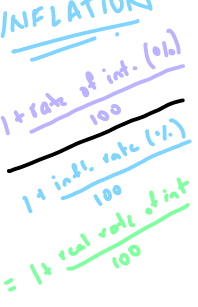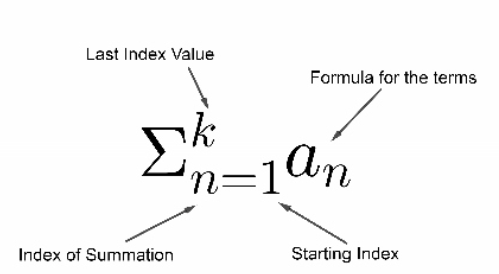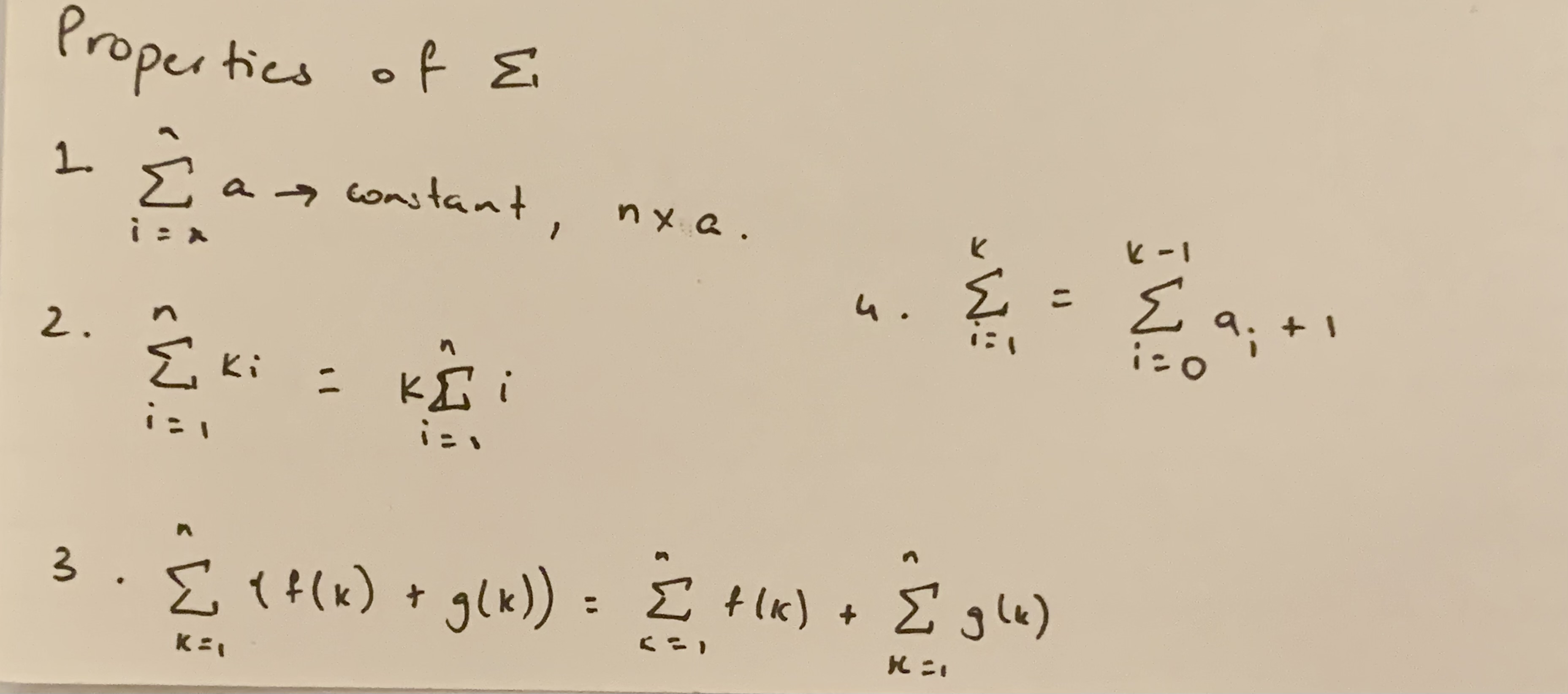Sequences and Series
1/20
Earn XP
Description and Tags
Name | Mastery | Learn | Test | Matching | Spaced |
|---|
No study sessions yet.
21 Terms
Explicit definition
used to find any term (nth term) of the arithmetic sequence, a1, a2, a3, ..., an,.... using its first term (a) and the common difference (d). This formula gives the nth term formula of an arithmetic sequence.
Recursive definition
a formula that defines any term of a sequence in terms of its preceding term(s).
-Arithmetic sequence:
-nth term:
-Sum of terms:
-an ordered set of numbers that have a common difference between each consecutive term
-an=a1+(n−1)d
-Sn= n/2[2a+(n-1)d]
-Arithmetic series:
-Gaus’ addition:
-the sum of the terms in an arithmetic sequence with a definite number of terms.
-(1st term+last term)(total no.of terms/2)
Arithmetic mean:
-sum of values/no.of values
Approximating Arithmetic sequences
Average x n (position of term)
Geometric sequence
an ordered set of numbers that progresses by multiplying or dividing each term by a common ratio
Geometric series
the sum of the terms in a geometric sequence
Geometric mean

Infinite geometric series (sum)
the sum of an infinite geometric sequence

common difference (a)
d= an/an-1
common ratio ( r)
r= u3/u2
Compound interest
FV=PV (1+r/100k)^kn
k values
yearly:
half-yearly (or semianually):
monthly:
Quaterly:
yearly: 1
half-yearly (or semianually): 6
monthly: 12
Quaterly: 4
Finding real value of interest formula

Sigma notation

Finding geometric mean between terms
Find the r using the first and last term
substitute to find the terms [u1r^n-1=Un]
Finding the greatest value of n
solve inequality based on the given value
eg. u1r^n-1<200
Finding the no.of terms
Identify the position of the last term
Find n [an=a+(n-1)d
Checking to see if the term is in the sequence
Substitute the term with Un or an
Properties of Sigma notation
